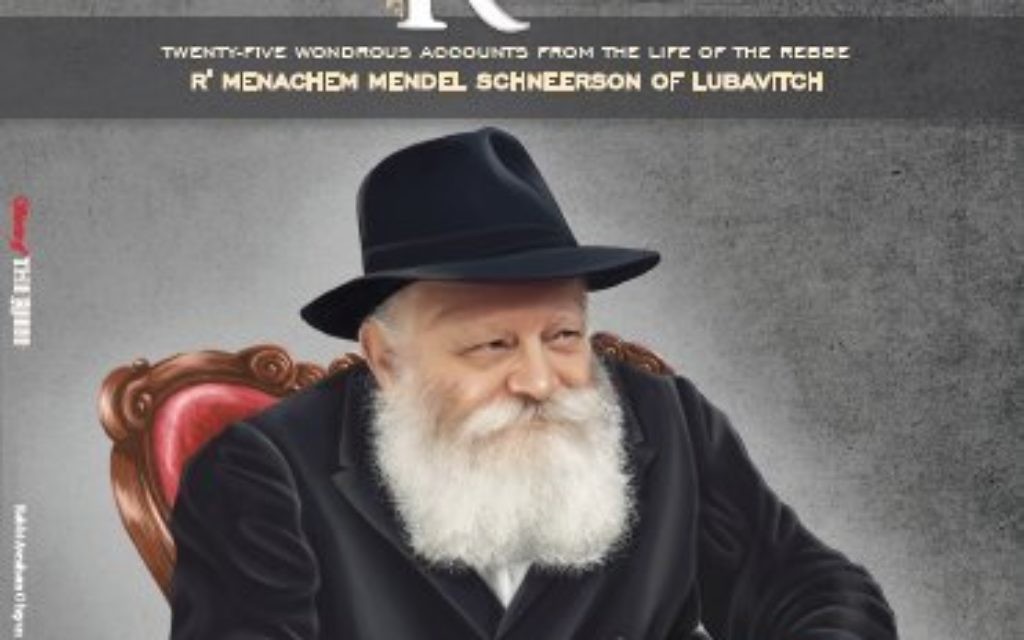Demography as Destiny for American Jewry
The handwriting is on the wall for the non-Orthodox Jewish denominations.

My brother, a Conservative rabbi, keeps in his wallet a picture of the late Lubavitcher rebbe, whose Chabad movement emphasizes outreach within the Jewish community.
The picture reminds him to make one extra phone call, tutor one extra student, do whatever will keep the young people in his congregation engaged with Judaism as they move into adulthood.
Like his colleagues throughout non-Orthodox Jewry, he has read the handwriting on the wall — and in numerous articles and studies.
Get The AJT Newsletter by email and never miss our top stories Free Sign Up
Such as this: “For every 100 Orthodox Jews 60-69, we have 575 children under 10 years old in Orthodox homes. But for every 100 Reform and Conservative Jews in their sixties, we find only 56 putative grandchildren.”
And this: The “next 40 years will see a large expansion of the Orthodox population, alongside deep declines in the number of Conservative and Reform Jews.”
Those statements are from articles published in the Forward, the first carrying the provocative headline “Does Orthodox Explosion Signal Doom For Conservative And Reform?”
The authors, whose projections were culled from the 2013 Pew Research Center study of American Jews , included Steven M. Cohen, research professor of Jewish social policy at the Hebrew Union College-Jewish Institute of Religion, a well-known analyst of trends within the community.
Two recently released surveys bolster their assessment.
The Public Religion Research Institute interviewed more than 101,000 people to produce its latest portrait of American religious life.
PRRI determined that 1.5 percent of Americans identify as Jewish by religion, while an additional 0.8 percent “identify as culturally but not religiously Jewish.”
American Jewish Committee sampled 1,000 adult Jews for its 2017 survey of Jewish opinion.
AJC and PRRI received similar responses on the question of denominational affiliation.
In the AJC survey, 39 percent of respondents were “just Jewish,” without affiliation. PRRI used different terminology, but 37 percent of its Jewish respondents identified by culture, not religion.
The largest denomination was Reform (AJC 31 percent, PRRI 28 percent). Next was Conservative (AJC 16 percent, PRRI 14 percent), then Orthodox (AJC 9 percent, PRRI 10 percent). The Reconstructionist movement measured 2 percent in both surveys.
PRRI found 18 percent of American Jews to be ages 18 to 29, 30 percent ages 30 to 49, 25 percent ages 50 to 64, and 27 percent age 65 and older.
Of those under age 30, only 47 percent identified as Jews by religion, in contrast to 78 percent of those 65 and older.
“If current trends continue, then, in 30 years, we’ll see about half as many Conservative and Reform Jews age 60-69 as we have today,” Cohen and company forecast.
“Only the Orthodox are having enough children to fuel population growth. Conservative and Reform Jews are falling well short of population replacement,” they reported.
Writing admiringly of Orthodoxy, Avital Chizhik-Goldschmidt, an editor at the Forward, said, “Our methodology for continuity is rooted in the very values that, sadly, many liberal Jews reject — our insularity, our commitment to the collective over the individual, our obligation to a divine value system.”
Cue the debate over how to encourage the retention of current and the (pro)creation of more non-Orthodox, denominationally affiliated Jews.
According to PRRI, 74 percent of Orthodox Jews were married, compared with 64 percent for Conservative and 59 percent for Reform.
Nearly three in 10 Jewish parents reported having at least three children in their household. Among Orthodox Jews, 62 percent had at least three children in their household, compared with 17 percent of Reform households.
“The demographic trends we described are already in motion and cannot be changed overnight. The American Jewish community is entering a transitional period, and in particular the Conservative and Reform movements are facing a rocky few decades that will have implications for many of the major Jewish communal institutions,” Cohen and company said in the first piece.
That is the handwriting on the wall.
“But, demography isn’t always destiny,” they suggested in the follow-up article.
Inexorable as these trends may appear to be, perhaps non-Orthodox American Jewry will find ways to rewrite its future.




comments